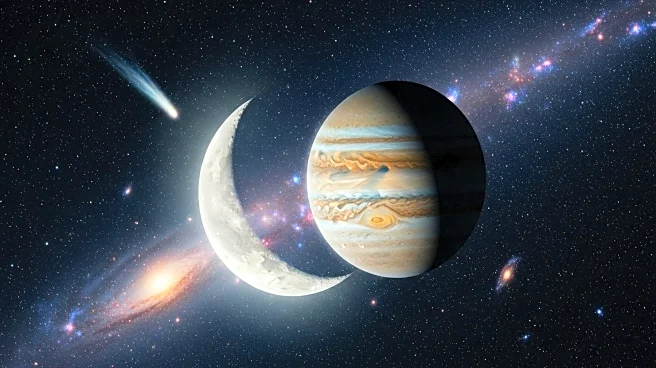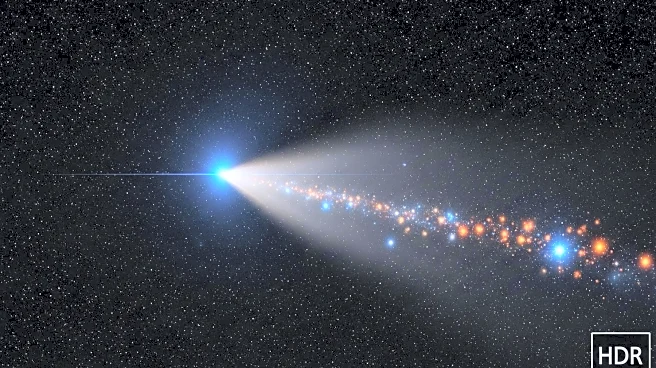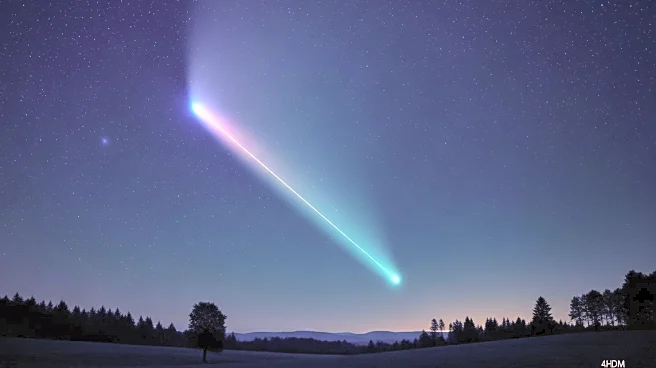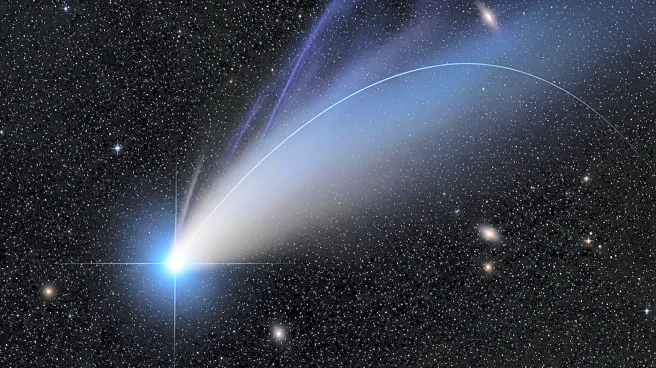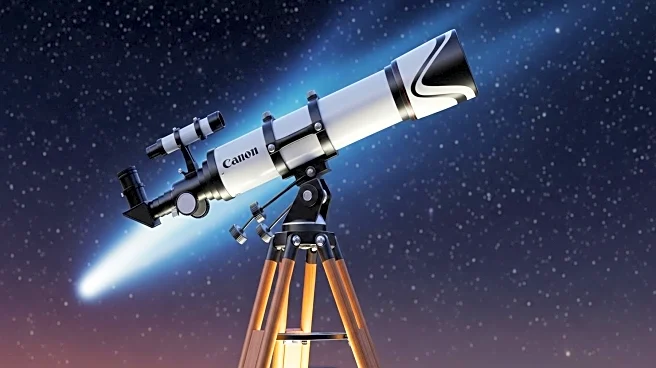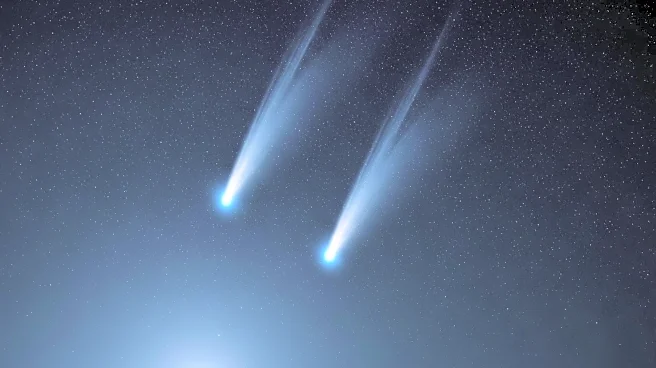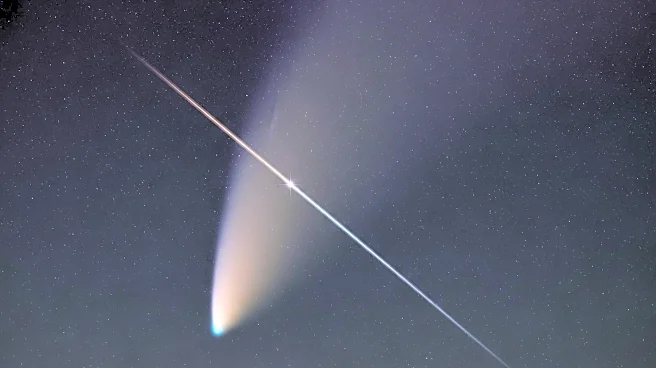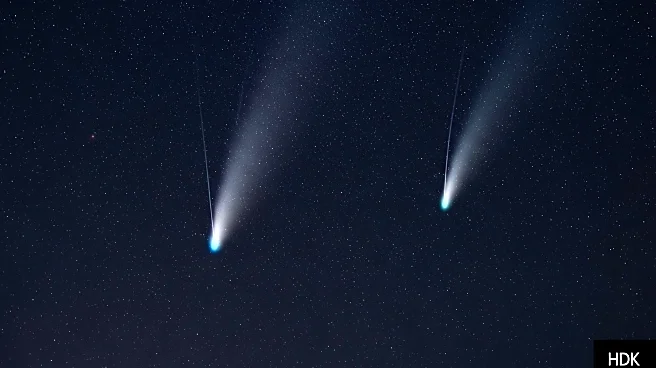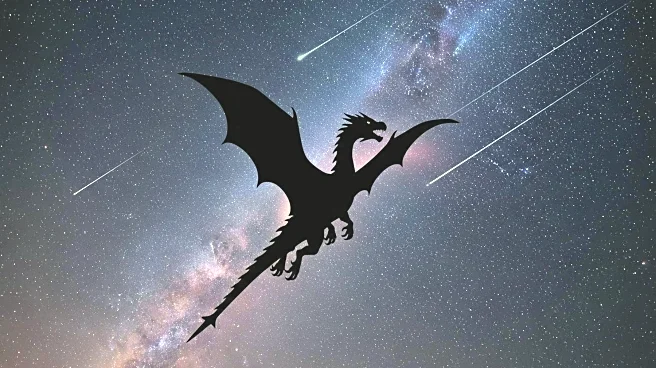What's Happening?
Comet C/2025 A6, known as Comet Lemmon, is rapidly brightening as it approaches its closest point to the sun, known as perihelion. This increase in brightness is due to the sun's heat vaporizing the comet's icy deposits, creating a gaseous coma and tail that reflects sunlight. The comet's brightness has increased from magnitude +21.5 to approximately +5.7, making it potentially visible to the naked eye under perfect dark sky conditions. Comet Lemmon is expected to pass close to Earth on October 21, moving through constellations such as Ursa Major and Canes Venatici, and will be visible in the evening sky by mid-October.
Why It's Important?
The brightening of Comet Lemmon presents a unique opportunity for amateur astronomers and skywatchers to observe a celestial event that may be visible without the aid of telescopes. This event highlights the dynamic nature of comets and their interactions with the solar system. The visibility of Comet Lemmon could increase public interest in astronomy and provide educational opportunities regarding cometary science and the solar system. Additionally, the event may stimulate interest in astrophotography, encouraging enthusiasts to capture images of the comet.
What's Next?
As Comet Lemmon continues to brighten, skywatchers are advised to look for it in the northeastern horizon during early October and in the northwestern horizon by October 21. The comet's path will take it through various constellations, providing multiple opportunities for observation. Amateur astronomers are encouraged to use binoculars or telescopes for a clearer view. Guides on astrophotography and equipment recommendations are available for those interested in capturing images of the comet.
Beyond the Headlines
The visibility of Comet Lemmon may inspire discussions on the importance of preserving dark skies, as light pollution can hinder the observation of celestial events. This event also underscores the significance of cometary research in understanding the origins and evolution of the solar system. The public's engagement with such astronomical phenomena can foster a greater appreciation for science and the natural world.

